The Best Way to Control Weeds Without Harmful Chemicals
Using chemical sprays might seem like the easiest way to get rid of weeds, but they can do more harm than good. These products often leave behind residues that affect your soil, local wildlife, and water sources. Some even pose risks to your health and the safety of kids and pets who spend time in the garden.
Natural weed control methods may take a little more effort, but they’re gentler on the environment and your body. They let you take care of your garden without worrying about what’s soaking into the ground or washing into the drain.
This post may contain affiliate links, which helps keep this content free. Please read our disclosure for more info.
Understanding Weeds: Why They Thrive and How to Identify Them
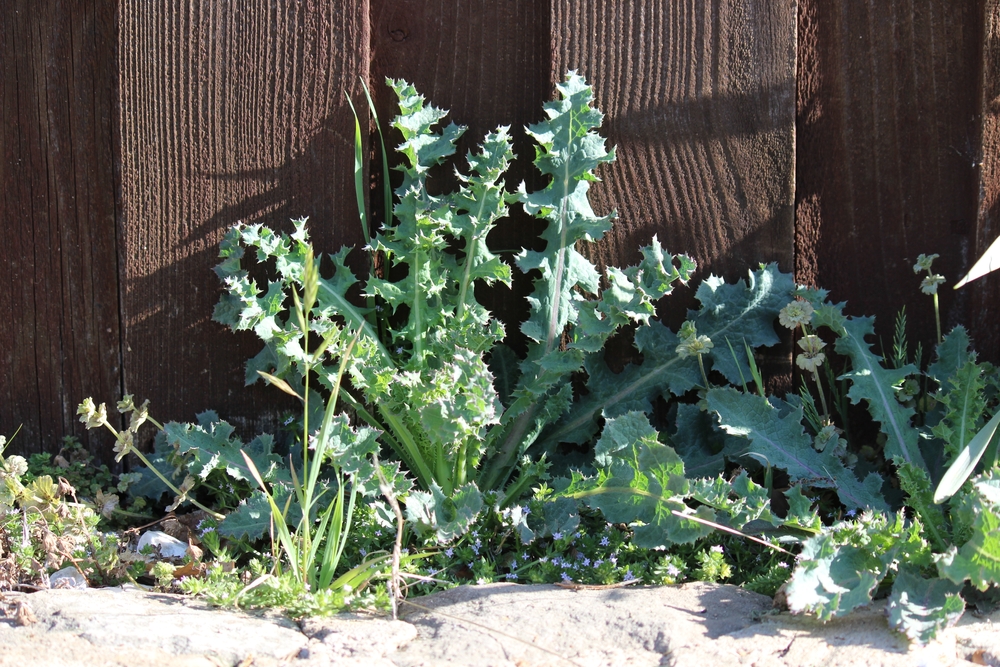
Weeds are simply plants growing where we don’t want them. These are the most common ones that grow in gardens.
- Broadleaf weeds like dandelions and plantain
- Grassy weeds like crabgrass
- Sedges that look like grass but grow differently
Weeds spread quickly, often by seeds carried by the wind, animals, or your shoes. Some have tough root systems that grow deep or spread underground, making them tricky to remove. The more you understand how they grow, the better you can stop them early.
Learning to recognize the weeds in your garden is half the battle. Some may be easier to pull by hand, while others might need more targeted methods. Paying attention to what shows up and when can help you stay ahead.
Common Chemical-Free Methods to Control Weeds
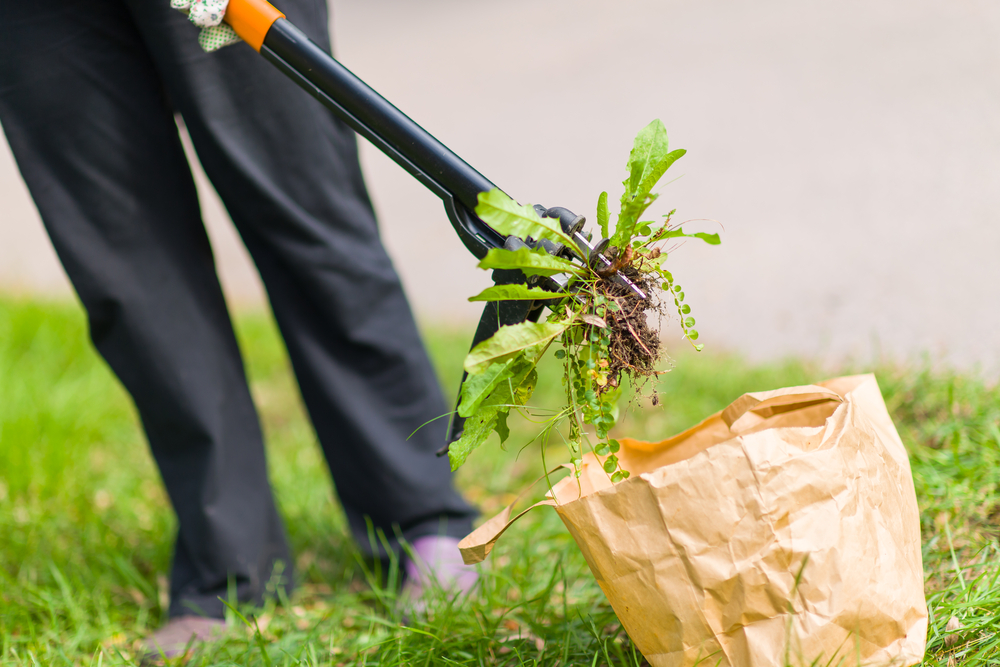
You don’t need harsh sprays to deal with weeds. These natural methods can help you manage them without hurting your soil, plants, or the environment.
- Add mulch like straw, wood chips, or shredded leaves to block sunlight and stop weed seeds from sprouting. It also helps keep moisture in the soil.
- Hand-pull weeds when the soil is damp. Use a weeder or trowel to get the roots, especially for stubborn types like dandelions.
- Pour hot water over weeds in driveways, sidewalks, or gravel paths. It works fast and breaks down quickly.
- Use white vinegar to dry out weeds. For a stronger mix, add a bit of dish soap. Spray directly on the leaves and avoid nearby plants.
- Sprinkle salt in cracks or gravel areas. Too much salt can harm soil, so don’t use it near garden beds.
While none of these are a magic fix on their own, using a mix of them can make a big difference. Try one or two that fit your space and see what works best.
Organic Weed Prevention Strategies for the Garden
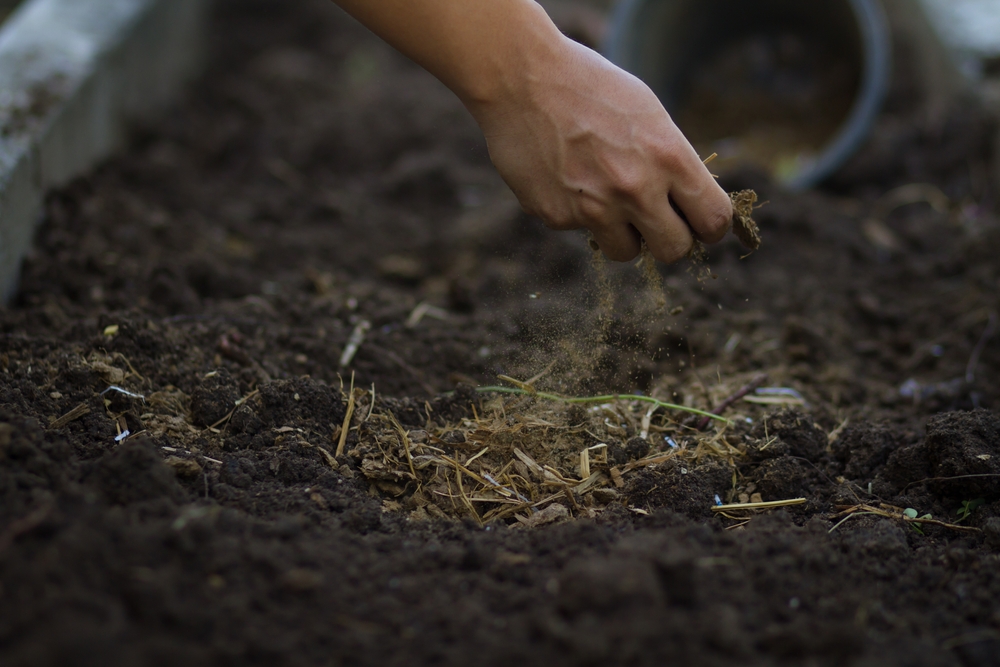
Spacing your plants correctly helps limit weeds by leaving less open soil for them to grow. Letting your vegetables and flowers fill out naturally gives them an advantage over unwanted plants.
Keeping your soil healthy is another good move. Well-fed soil supports stronger plants, which can outcompete weeds. Adding compost, checking the pH, and loosening the soil now and then can make a big difference.
Cover crops like clover or rye grow quickly and take up space where weeds might settle. They also improve the soil when turned under at the end of the season, making your garden even more productive next time around.
Benefits of a Chemical-Free Approach to Weed Control
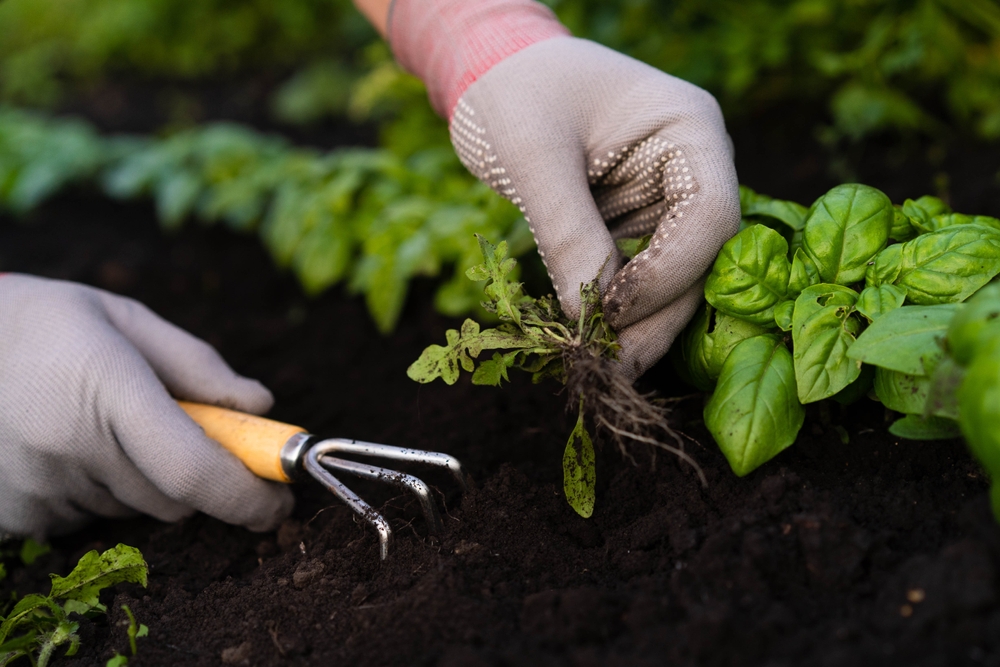
Choosing natural methods means fewer worries about what you’re touching, breathing, or feeding your family. You won’t have to second-guess letting kids or pets play near your plants.
By skipping the chemicals, you also help the bugs, birds, and helpful critters that keep your garden balanced. Earthworms, bees, and ladybugs all play a part in making your space thrive.
Common Challenges and How to Overcome Them
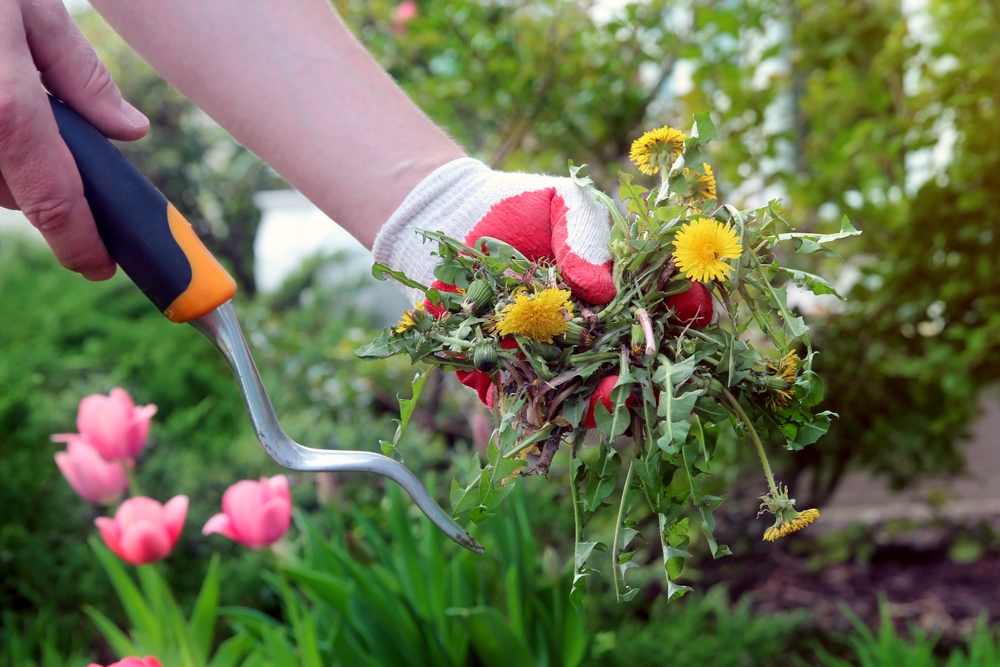
Some weeds seem like they never give up. Bindweed, nutsedge, and thistle are just a few that keep coming back. The key is to stay on them. Don’t let them flower or go to seed. Pull them when they’re small and keep after any roots left behind.
Pulling weeds by hand can take time, especially if you’ve let things go. Try setting aside 10 minutes a day or working in one small section at a time. It’s more manageable that way, and you’re less likely to get overwhelmed.
Keeping weeds out without turning to harsh sprays might take a little more effort at first, but it’s worth it. Your garden becomes a safer, healthier place to grow food, enjoy nature, and spend time with loved ones.
Try a few of these methods and see what works best in your space. Every garden is different, and finding what fits your routine is part of the fun.
This article originally appeared on Avocadu.
